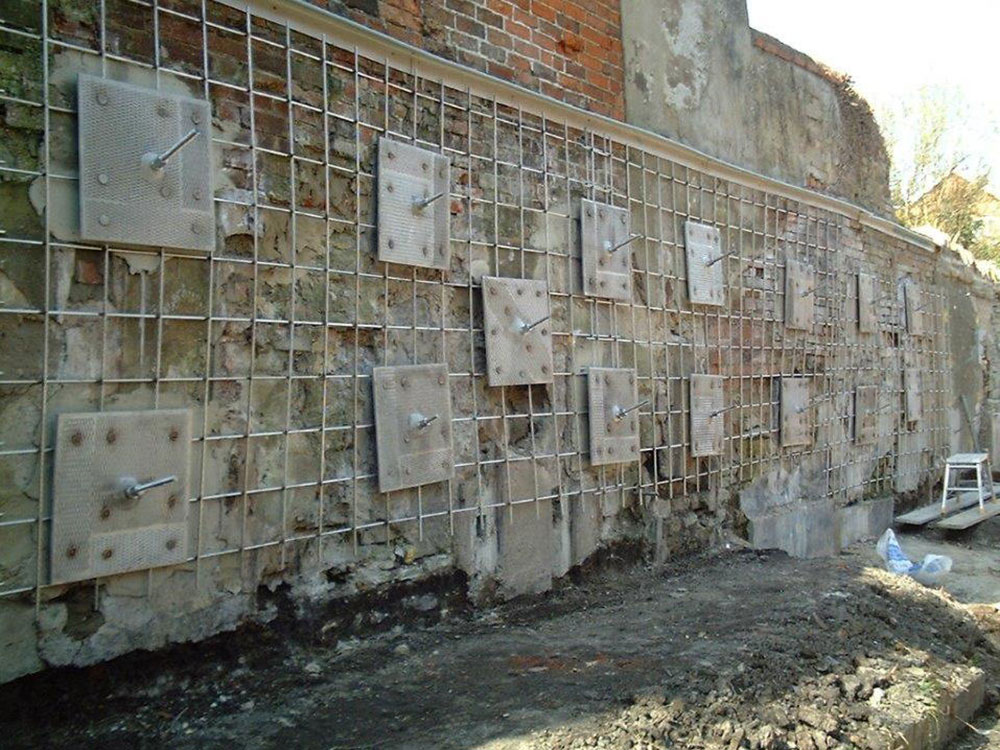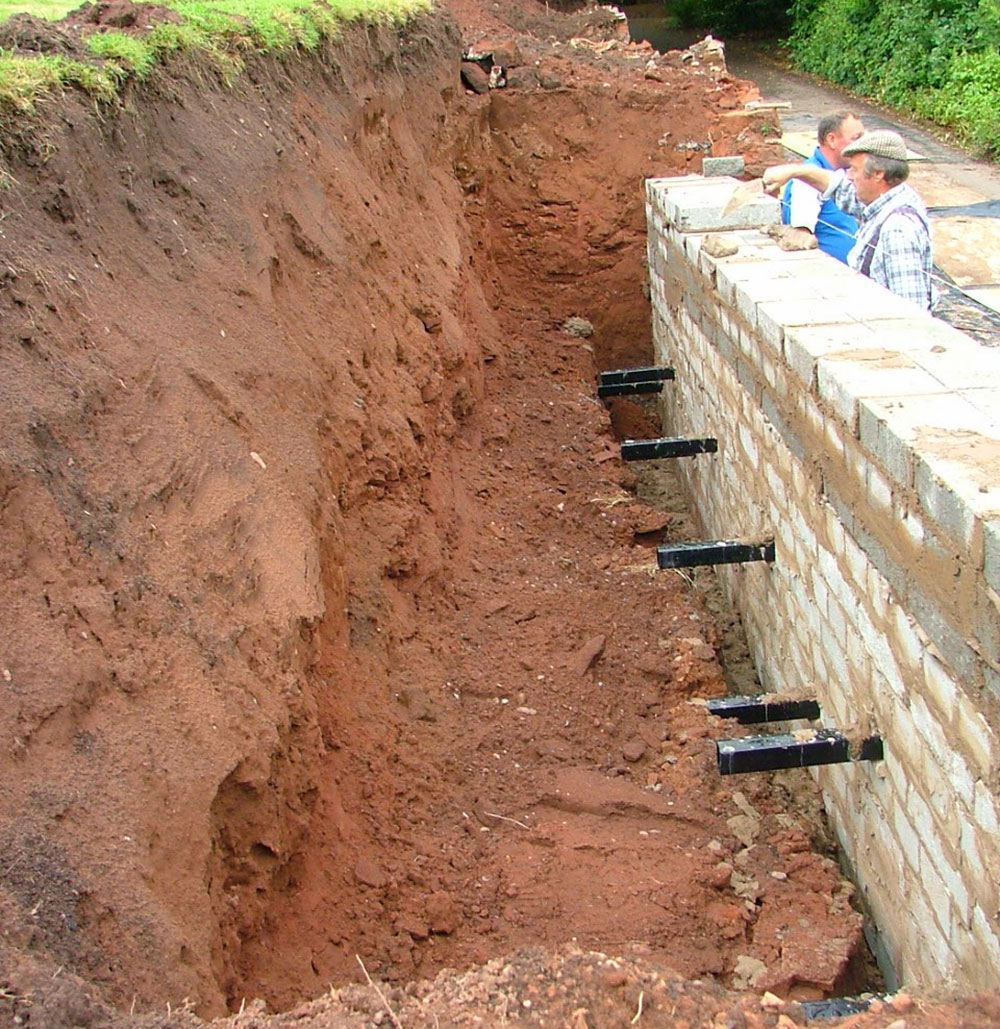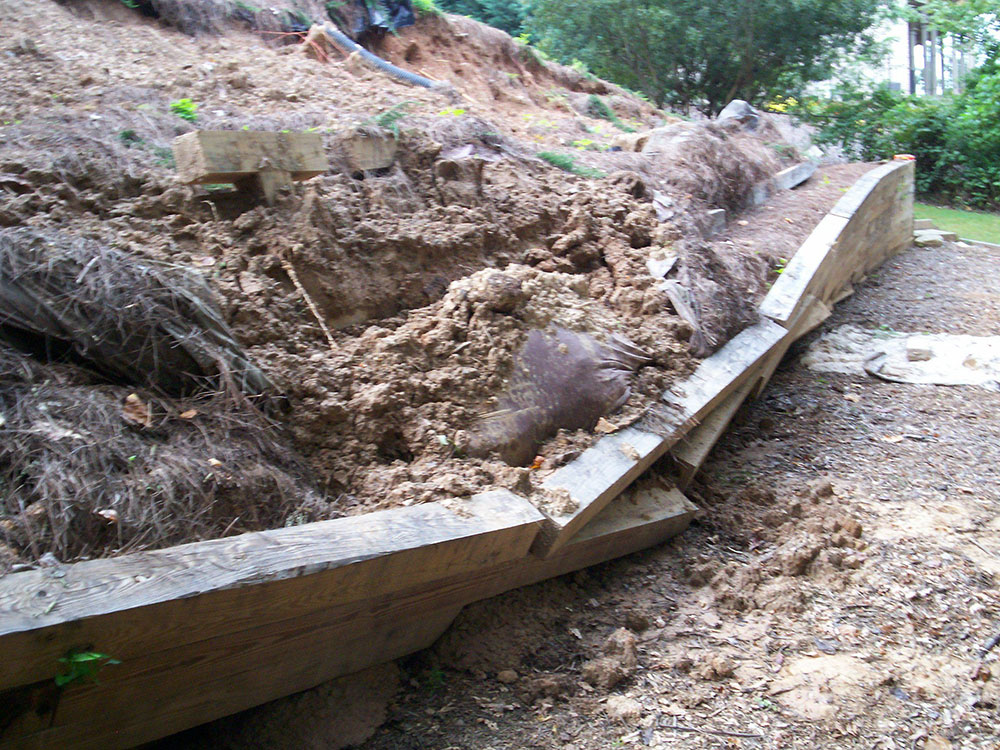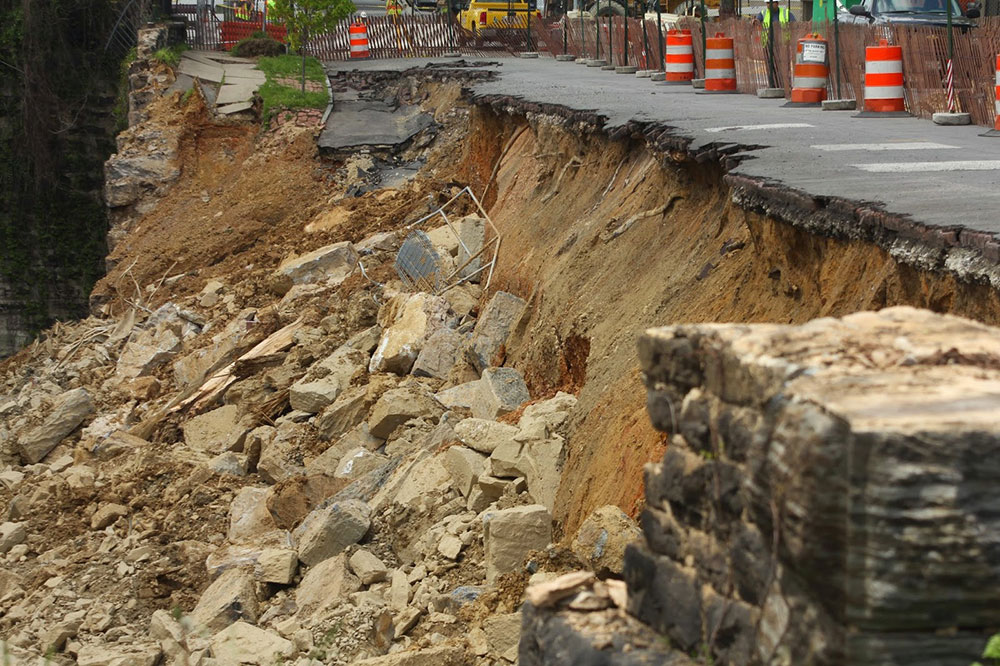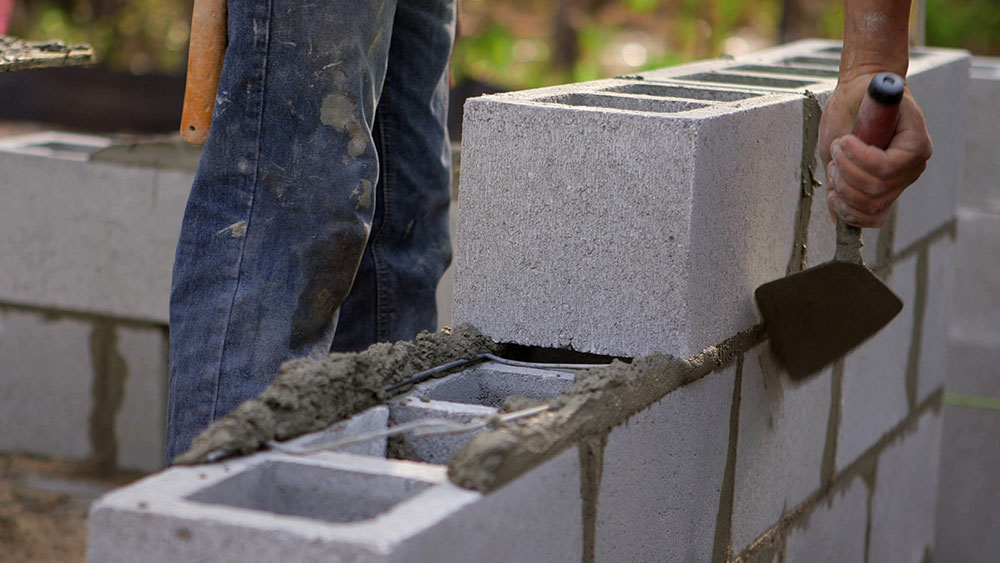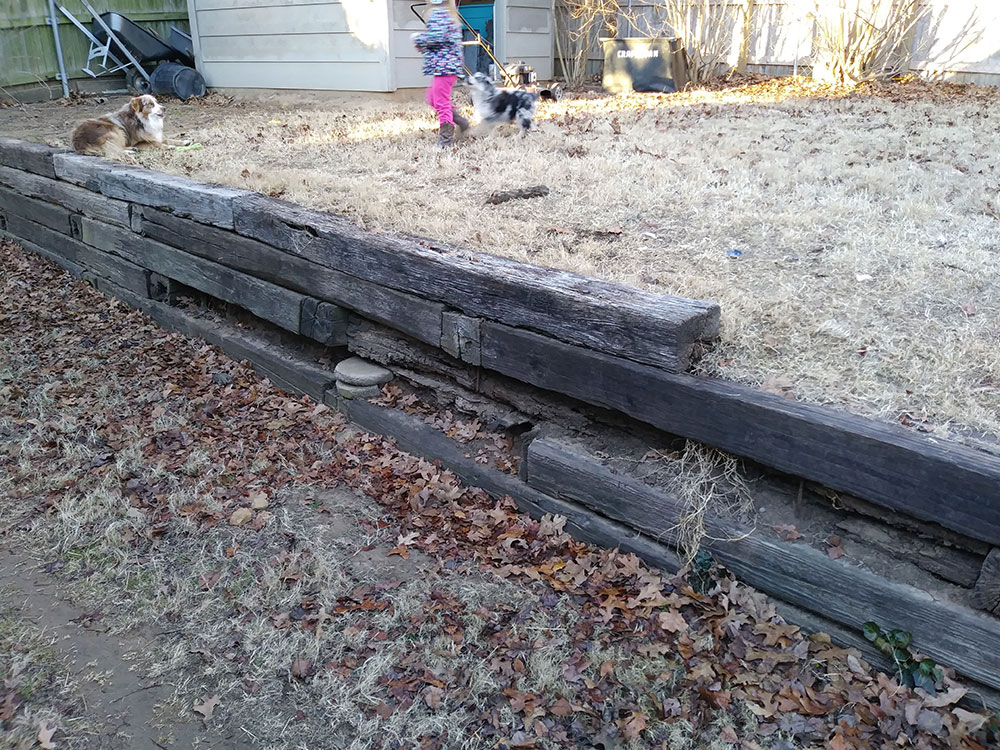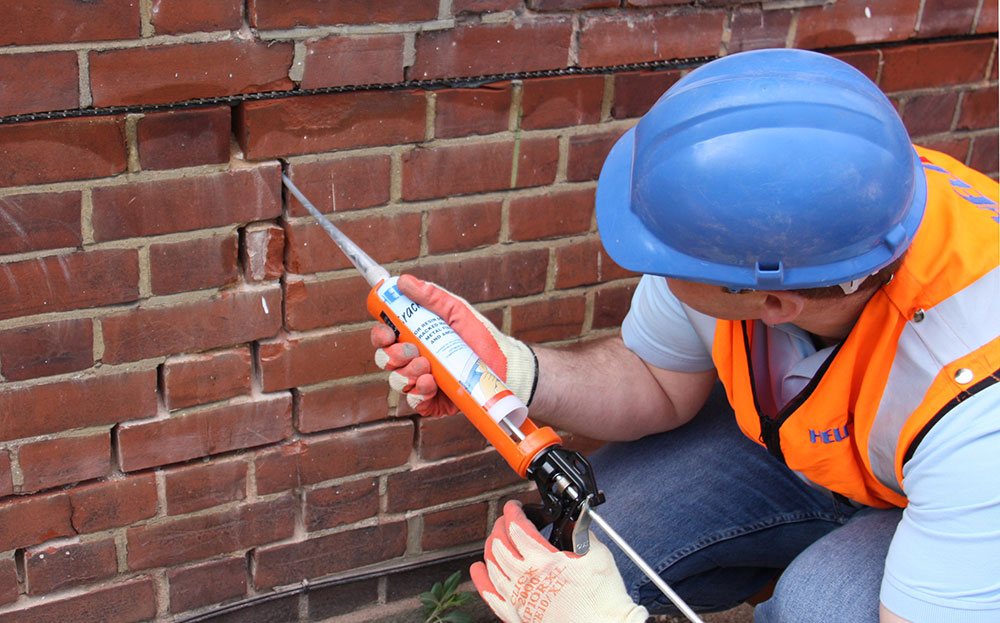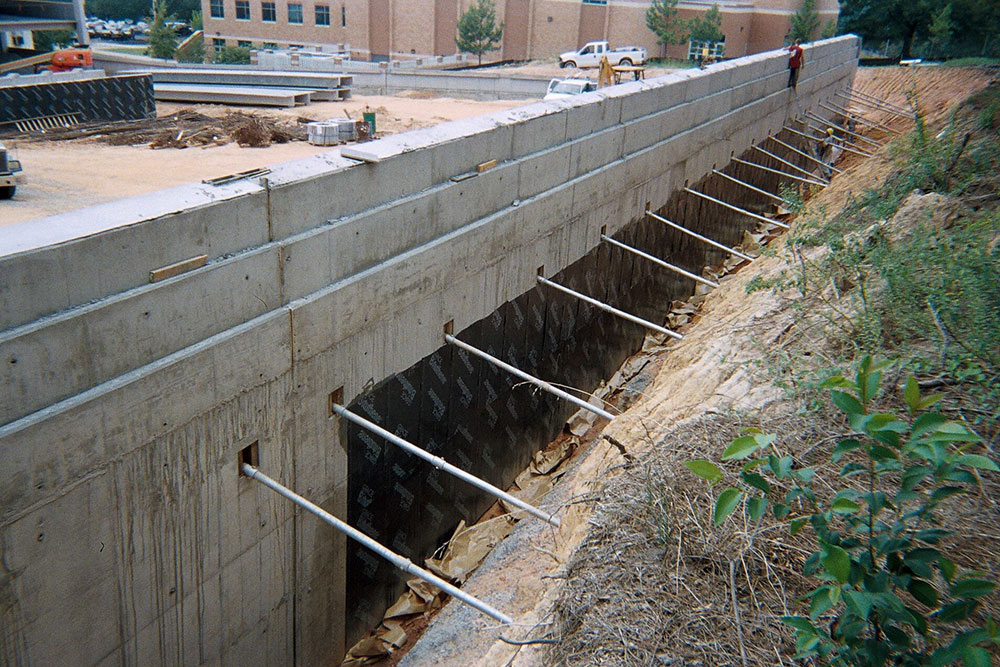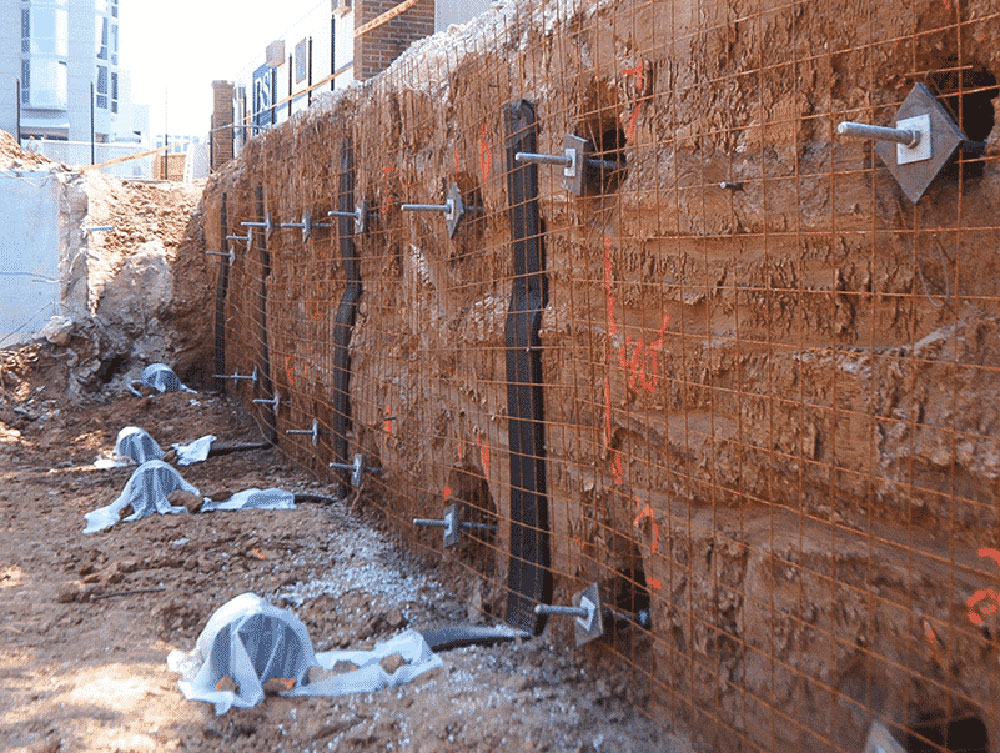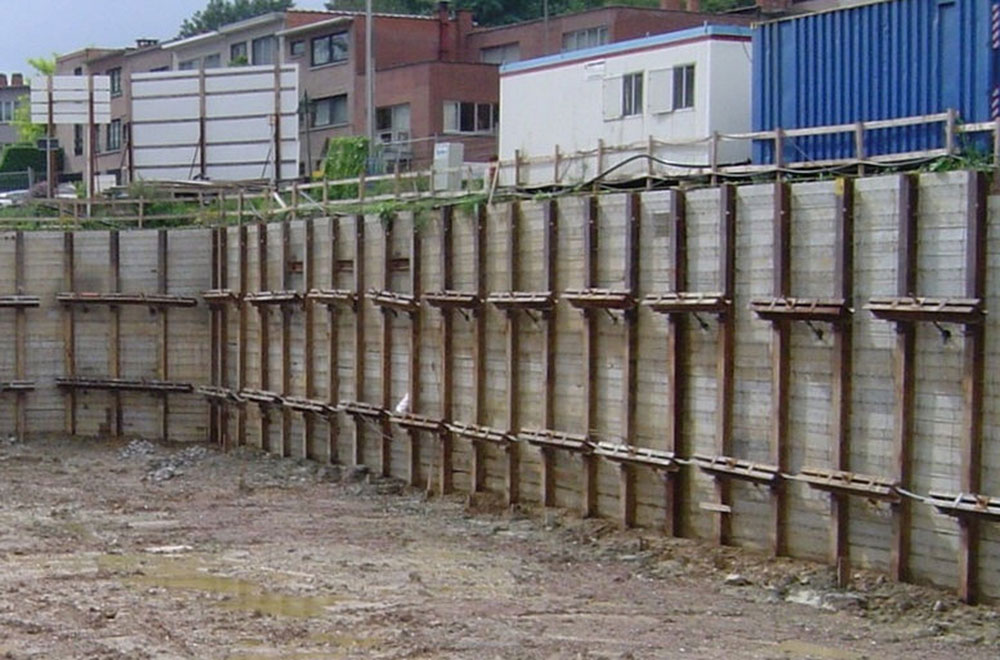Advertisement
Walls are also useful in landscaping, typically known to be components of interior design. A retaining wall is built to preserve the soil behind it. For a variety of different uses, retaining walls may be used. For starters, to keep back soils, you may use them to build a space for a base to be poured under the ground.
Walls tend to work a lot harder than freestanding walls to maintain them. In addition to bearing their weight, they must withstand lateral forces because of the soil being held. With retaining walls, many complications can arise as they mature. If not properly constructed, retaining walls will cave under the weight of the materials they support. It is normal to mean that the holding wall does not operate in the way it should.
But rarely, retention under the lateral forces can collapse quickly. This will happen progressively, helping you to patch the wall until it gets worse.
You don’t have to go on time and cost to fully repair the retaining wall if it looks past its best. In certain instances, the wall can return to its former glory, focusing on a small portion. You or a specialist repair will help you get out of the border for several more years.
This paper explores how to fix a retaining wall easily and with no challenge to repair.
Causes
Poor drainage
Saturated soils are one of the most common causes of wall retention. When water is permitted to saturate the soil or backfill, the pressure is significantly increased. Moist soil is more decadent than dry soil, and it will place pressure on the drainage wall if this rise in weight is not supported.
Poor engineering
Feature faults nearly never can exist. Choose a reliable, licensed, and qualified contractor to help you design and install the wall under certain conditions on the property.
Foundation issues
Like any construction of consistency, retaining walls need a stable base, or they will inevitably crumble or break apart. It is essential to compact the soil below before forming the border correctly. The retención wall base must be sufficiently deep to withstand a saturated soil weight and also be more profound than the freezing line, depending on the location.
Poor Quality Wall Anchors
The components are exposed to the retaining wall anchors – both on the field and on the wall plate itself. These anchors may look old and un-stray whether they are poorly made or not handled to prevent corrosion. This will lower the property value and will cause the anchor itself to malfunction at an early point.
How to fix a retaining wall
Fix cracks in Mortar retaining walls
When you know the mortar is cracking between bricks, try to eliminate as loose waste as possible (without destroying the wall). The wall is relatively straightforward to repair for minor cracks. Big cracks or bulges display a structural issue that lies at the foundation.
Determine if cracks are slight or structural if the retaining wall cracks. You should do your maintenance where the gaps are tiny to know how to fix a retaining wall.
You can chisel out the mortar joints and re-mortar when the bricks are stable. The trick to note is the broken mortar to a depth of more than half the brick’s thickness before refilling the joint with a new mortar.
How to fix a wooden retaining wall
All broken timber must be discarded and replaced with brand new boards, decaying and tangled wood holding walls. Make sure even that the soil moisture is handled correctly.
If the timber used is already in good condition, a wooden holding wall may be anchored. If the walls did not deteriorate, the tieback anchors could be boiled. The height of the wall defines how the anchors are positioned and whether walkers are appropriate or not.
Fixing Cracked Bricks
The broken bricks and the mortar covering the bricks can be removed by chisel until new bricks are built, and re-decoration has occurred. If you want to know how to fix a retaining wall, only one or two bricks need to be removed, and all the other bricks are in good condition. For extensive cracking, after restoring the structural integrity of the supporting wall, all the bricks can have to be removed and replaced.
Maintain water flow
To make sure the environment is not flooded with water, it might also be necessary to explore waterproofing solutions. Refurbish the wall area to discharge the flow of water from the wall. Any of the water pressure that may build up behind the wall would be minimized. Landscapers may also drill extra surface runoff weep holes. Materials such as crushed and pea gravel may provide sufficient drainage to prevent flooded fill.
Whatever fix you carry out, you may have to move soil and plants to complete them successfully behind your retaining wall. The last thing you want is to drive your soil entirely over when it is fragile during repairs. This is how to fix a retaining wall by maintaining a water flow.
Retention Wall Correction Methods
Several wall preservation approaches are commonly applied.
Helical Tiebacks
If the retention wall is too stressed, helical tiebacks may be used—one alternative. Helical tiebacks can benefit when they stretch into the region of failure. When a specialist is installed, raise the keeping force of the wall to return it to functionality. It is also necessary to ensure that after deployment, the wall anchor has been checked to make the installation as secure as possible.
Wall Anchors
Wall anchors can strengthen walls for concrete reinforcement. Wall anchors may be a long-lasting way to stabilize walls and pull them as close as possible to their original location. You should use wall anchors to store bent or thin basement walls, but you can use the same solution in your holding walls.
Soil nailing
Soil Nails are like helical anchors embedded into the earth behind the wall to bring the wall back into a proper location in long steel sinews. The distinction in the clutch of soil is that these stainless steel piers are first cemented with a mix.
Piling
The restraining walls mounted in batteries stretch beneath the observable wall area to hold the wall upright and steady lateral pressure from both sides. In terms of construction, piling walls are very flexible. The sheet piling will keep the substratum if the soil is loose and the lateral region is tight. Instead, the walls can take a high load if the piling is adequately designed to withstand bending forces.
Retaining wall restoration and construction
Retention walls can, in some cases, be weakened during the repair. In these situations, it might be appropriate to install a new retaining wall to ensure the soil is kept virtually behind the wall. Move the shear force to the spot where the wall is connected to the earth. The total strength of the wall is improved.
If the wall structure has a flaw, the patch of the bricks will not solve the problem. The wall may include excavation, footer construction, stabilization of the back fence and drainage arrangements, etc.
If you enjoyed reading this article on how to fix a retaining wall, you should read these as well:

